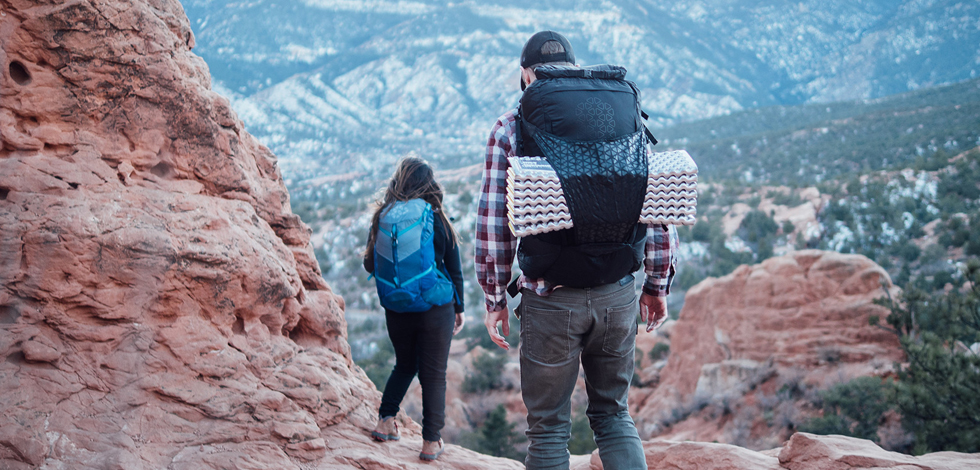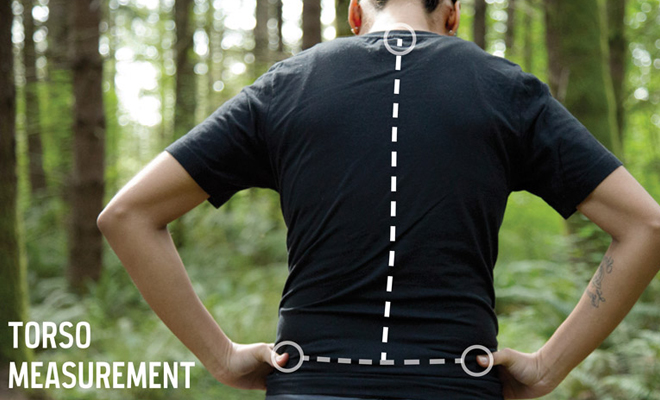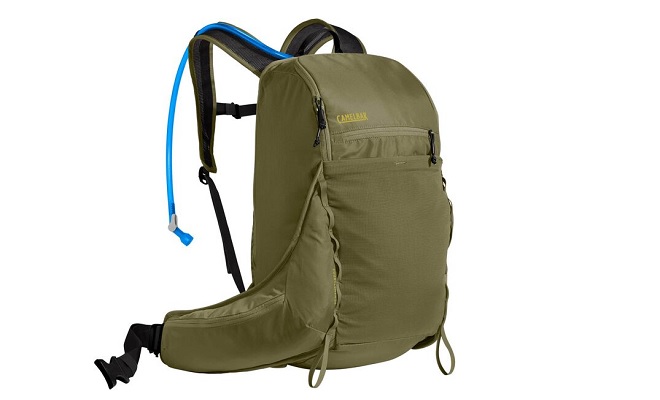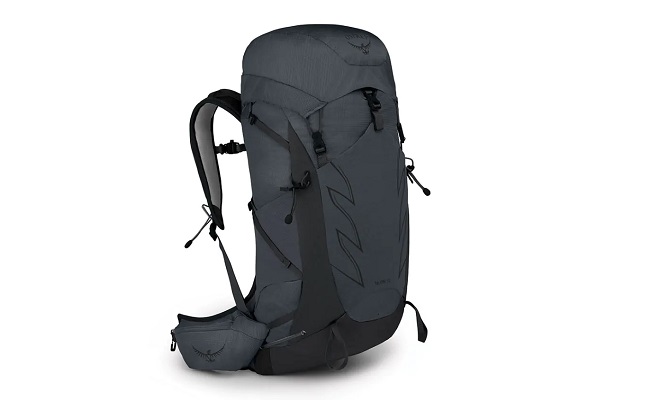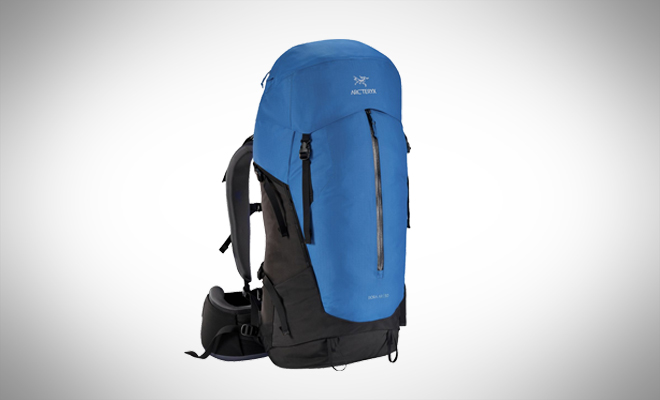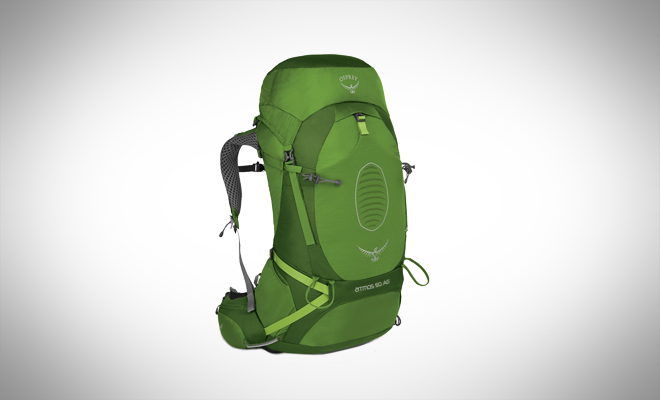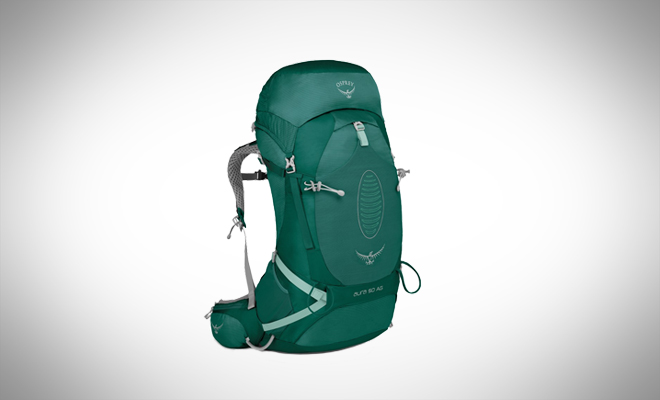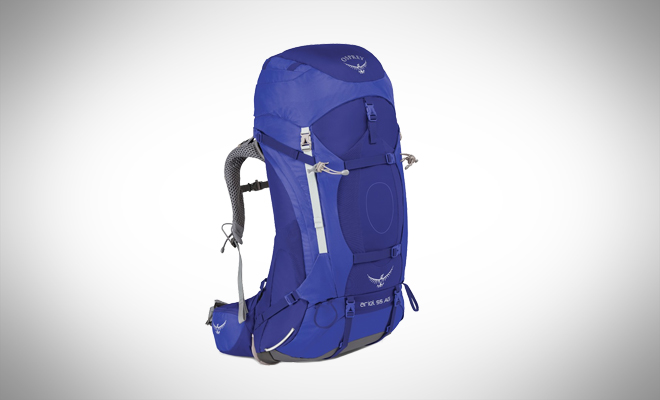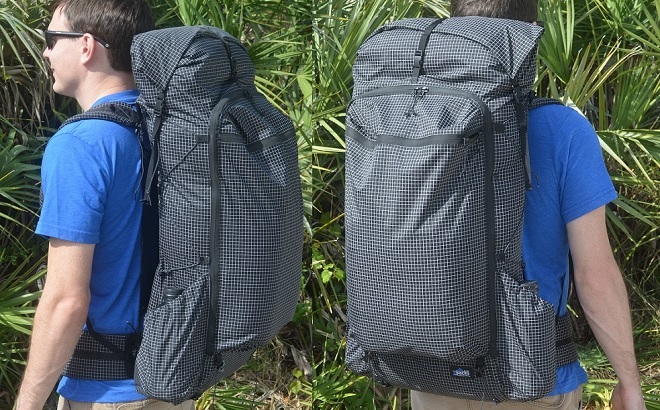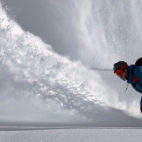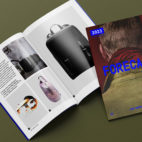The Best Backpacks for a 1 to 3 Day Hike
Almost all hikers and backpackers would agree that the most important piece of gear for any hike is the backpack you carry along the trail. You can have the wrong tent, wrong water bottle, even the wrong sleeping bag and still have a pretty great time on the trail. But if you have a pack that is either too large, too small, uncomfortable, or downright worthless, your trip is bound to suffer.
For people new to the backpacking world, you might be tempted to try a one to three-day hike using the trusty daypack that you have been using for years. The problem, of course, is that you will end up having to strap so many things to the outside of your daypack that you will be flopping down the trail and most likely rubbing a pretty good blister into your back as your tent jabs you, in unison with each stride.
The other extreme is to purchase the largest possible pack following from the logic that more is always better. Overpackers, we’re talking to you! Taking along a pack with a volume of 70 to 100 liters for a simple overnight hike might be plausible if you are packing along several bottles of whisky and an entire kitchen to celebrate your buddy’s birthday out in the wild, but it definitely doesn’t make sense if you want to travel lightly and comfortably.
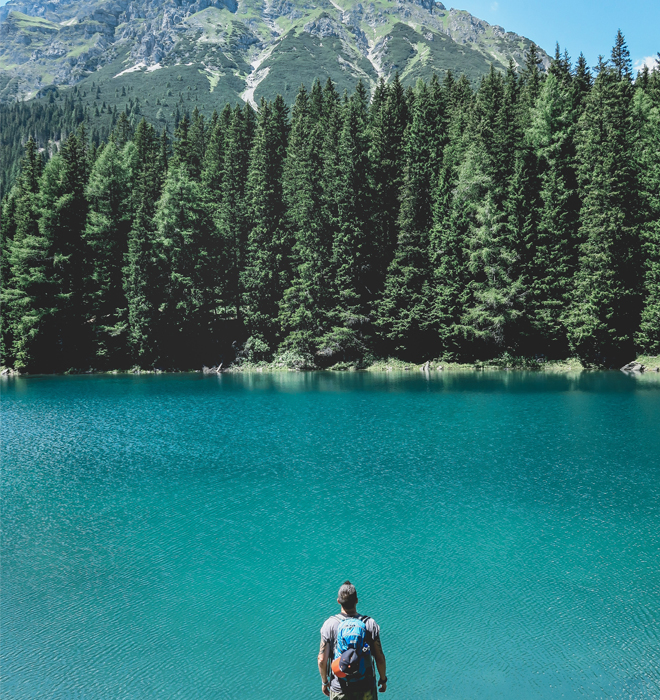
A pack that is anywhere in the 35 to 50-liter range is usually an ideal size for a one to three-day hike. This volume will give you more than enough room to take along the necessities for life on the trail while not burdening you with extra weight and bulk.
Below, we will analyze some of the pros and cons associated with different types of backpacks that are best for a one to three-day hike. And then dish out recommendations for different types of hikers who are headed out to the wilderness for one to three-day adventure.
Panel Loader versus Top Loader Packs
One of the first things you need to consider when choosing a pack is whether you want your bag to be a top loader or a panel loader. Top loader backpacks are what you usually see in daypacks. These only allow access to your gear from the top meaning that you have to pack accordingly and pack the stuff you won’t need until nighttime at the bottom of your pack. The issue of course is that you might have to unload everything to get to your rain jacket that you left at the bottom of the bag when you set out on a sunny morning.
Panel loader packs have a U-shaped zipper on the front of the bag that allows one panel to fall away like a flap. This makes it easier to rummage through your stuff without unpacking everything and they’re usually good options for short travel hikes. The cons are that if you have overpacked your bag, things will fall out when you open the front panel. And the more zippers along the exterior leaves more opportunity for water to ingress (but rain covers can fix that).
Internal Frames versus Frameless Backpacks
Many one to three-day packs will come with internal frames (either from plastic or a lightweight aluminum pole structure). Obviously, this will add a little bit of weight to your pack but also allow you to comfortably add more weight. Frameless packs will mold perfectly to your back but generally don’t allow you to add any serious weight without putting a lot of stress on your shoulders and on the pack itself. Frameless packs are thus a better option for people who are planning on traveling ultra-light and have their packing game completely dialed.
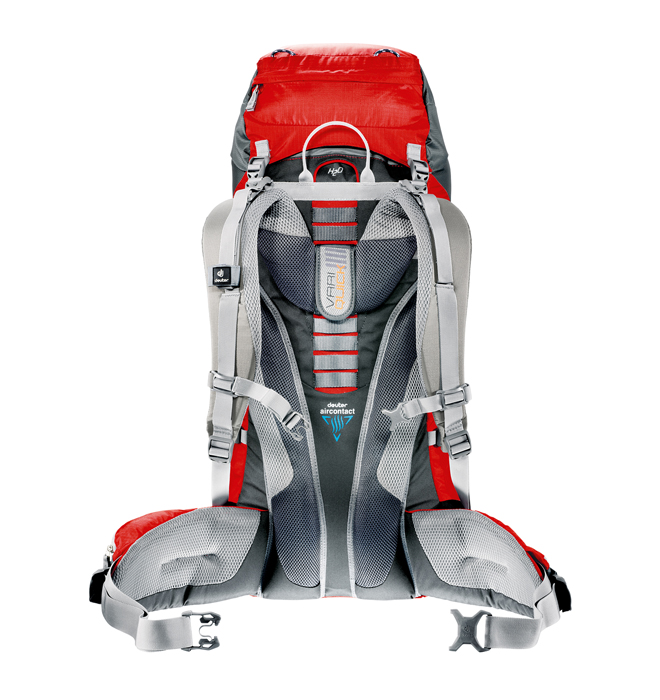
Shoulder and Hip Padding Options
While some lightweight packs might not have any sort of shoulder or hip padding, this is an essential feature if you are carrying weight over 20 pounds for a long distance. The padding will help to take the stress off your shoulders and avoid unnecessary rubbing that could lead to blisters or bruises. If you are hiking on uneven terrain, you should also consider a pack that has a sternum strap that will help to stabilize your load.
External Attachments and Multiple Compartments: A Must-Have
There is nothing worse than having to dig through your entire bag just to find a pair of gloves on a cold morning. Packs that come with several external attachments and multiple compartments allow you to stay organized while on the trail. You can place your mid-morning snack in an easy-to-access pouch so that you can save yourself from the hassle of having to rummage through your dirty socks in order to find your sandwich.
Hydration Compatibility
Many packs come with an internal hydration sleeve where you can put some sort of hydration reservoir or plastic water bottle. This might be necessary if you are a quick hiker and don’t want to lose time digging through your pack every time you need a drink.
What Size Do You Need?
While the needs of every hiker are different, we recommend that a pack with a volume of anywhere between 35 and 50 liters is more than enough. This size allows for more than enough room for a small tent, sleeping bag, food supplies, and extra clothes. At the same time, it is small enough to not add unneeded weight and bulkiness for a short hike and it will force you to think about what is essential during your time out in nature.
Different Options for Specific Hikers
Women’s Pack Specifics
Women are built different than men, and their packs should reflect the different body shapes. In general, women have shorter torsos than men, and the pack they choose should come with a shorter torso option. Furthermore, contoured shoulder pads that better adapt to a woman’s physique will allow for a more comfortable feel while carrying the pack.
Minimalist Hiker Backpack Options
For people who truly enjoy hiking lightly, choosing a tarp over a tent is a great way to lower your overall pack weight and thus opt for a smaller pack. If you’re hiking on the Appalachian Trail, or other trails that have shelters already set up for hikers, a small sleeping pad will reduce weight and your need for extra space as well.
Group Hiking Options: Who Carries the Tent?
If you are headed out to the wilderness with a group of friends, chances are that not everyone needs to bring their own tent. When hiking in a group, it might very well be possible to choose an even lighter and smaller pack for the members of the group fortunate enough not to be carrying the tent. A 35-liter pack (or less) is more than enough space to carry your sleeping bag, food, and other necessities.
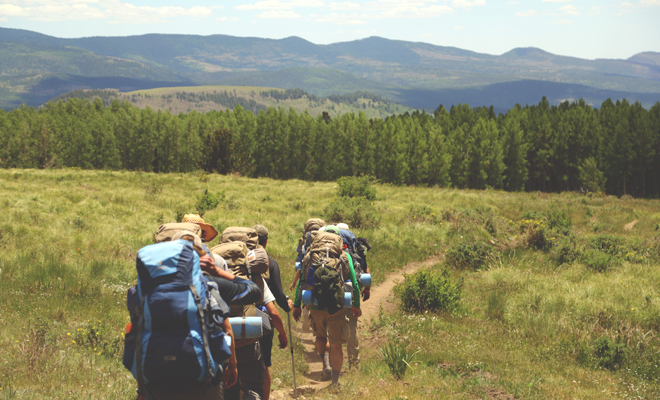
The Best Backpacks for a 1 to 3 Day Hike
Below we offer a quick review of the most important features and characteristics of the top 12 backpacks on the market for a 1 to 3 day trip.
Traveling Light – Under 35L
CamelBak Fourteener 26 (US$116.25)
.
.
The CamelBak Fourteener 26 is a convenient option when quick access to hydration is key. Offering 26L of interior volume (23L plus space for a 3L bladder), the pack includes a 3L Crux™ reservoir with Quicklink™ along with multiple quick-access pockets and exterior attachment points.
.
REI Traverse 32 (US$139)
.
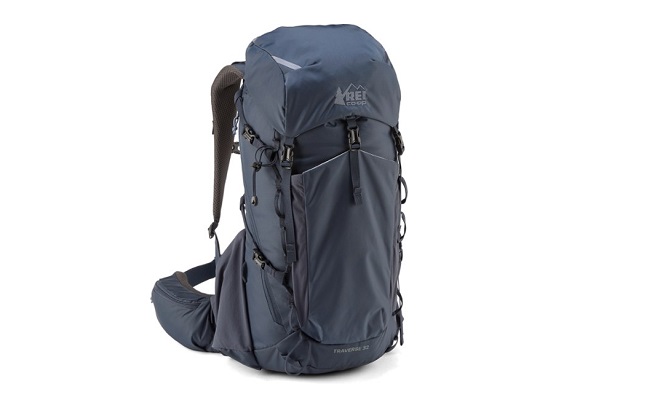
.
The Traverse 32 is a good option if you’re after a functional pack with a budget-friendly price tag. The pack is available in men’s and women’s versions and includes handy features such as Packmod compression straps that let you shape the pack to different loads, quick-access pockets, a raincover, and hydration bladder compatibility.
.
Osprey Talon 33 (US$190)
.
.
With its injection-molded AirScape™ back panel and continuous-wrap harness and hipbelt, the Talon 33 (and its women-specific counterpart the Tempest 30) supports dynamic movement for long day trips and overnight adventures alike. Additional useful features include quick-access pockets and easy-access exterior hydration bladder compatibility.
.
Packing a Little Extra – 40L to 50L
.
Mystery Ranch Coulee 40 (US$239)
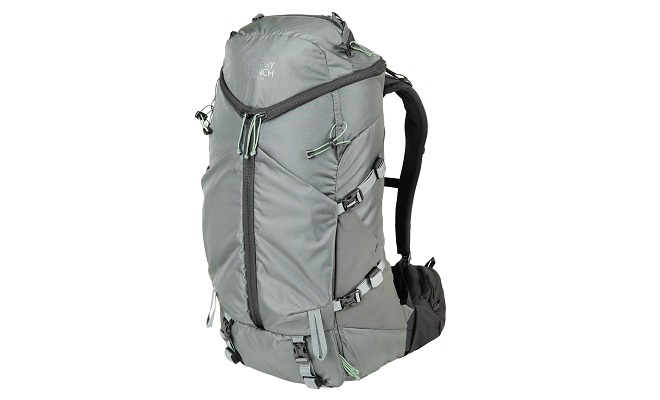
This 40L pack comes with a quality 3-Zip design that allows for quick and easy access to the main compartment of the pack. Additionally, the pack has two large stretch pockets across the front of the pack for storage of items that you will need often while on the trail.
Hauling Mid-sized Loads – 50L to 65L
Kelty Redwing 50 (US$164.95)
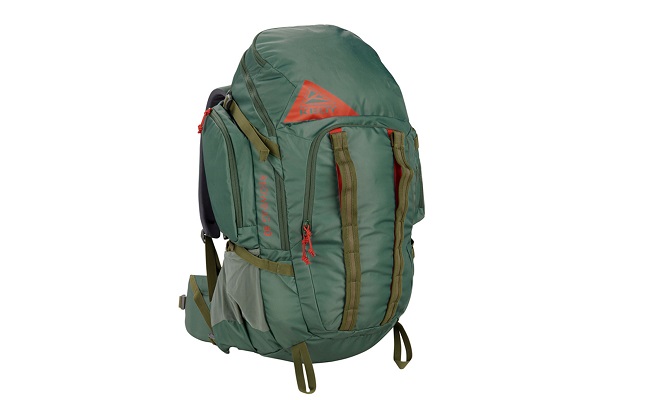
This pack comes in a range of sizes, with the 50L pack being a great option for mid-sized to larger loads. Additionally, there is also a version designed specifically for women. This is an inexpensive option while not skimping on useful trail features such as a hybrid U-zipper entry for both top-loading and panel-loading access, a customizable torso fit, and a choice of exterior attachment points and quick-access pockets.
Arc’teryx Bora AR 50 (US$499)
This quality 50-liter pack is larger than some of the others reviewed here and also is perhaps the most durable of all the packs. It is extremely water resistant and has great comfort along the hip line which is good for heavy loads.
Osprey Atmos AG 50
This pack offers an excellent combination of load-carrying comfort and ventilation thanks to Osprey’s suspended AntiGravity™ back system. And with a removable lid, you can benefit from extra space when you need it or trim weight when you want to travel light.
Osprey Aura AG 50
The Aura AG 50 is the women-specific alternative to the Atmos AG 50, with all of the same handy benefits including the adjustable AG AntiGravity™ back system, removable lid and quick-access pockets for frequently used items and snacks.
.
Osprey Ariel AG 55
..
.
Designed for women, Osprey’s Ariel AG 55 features an adjustable torso length, removable top lid, AG AntiGravity™ back system and a range of pockets and attachment points for quick-access items. Plus a choice of top and side access makes getting to your gear easy without the need to rummage and repack.
.
The North Face Terra 55
.
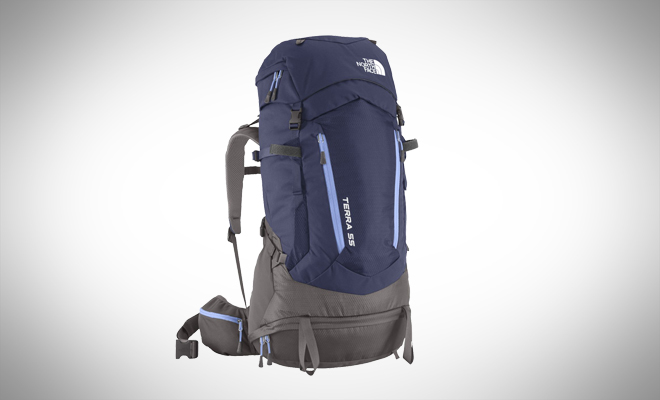
.
The women-specific Terra 55 provides a great combination of comfort and access. The North Face’s OPTIFIT™ suspension system can be adjusted to suit different torso lengths, while a variety of pockets keep items tidy and accessible. For added flexibility the pack also provides top and side access options.
For longer trips and larger loads – 60L to 70L
.
Zpacks Arc Haul-Zip
This 64L front panel loader backpack is great for carrying compact loads upwards of 40 pounds. The V-style hip belt clips allow for extra weight to be carried comfortably. The extra padding on the hip and shoulder straps is another plus.
REI Flash 65
.
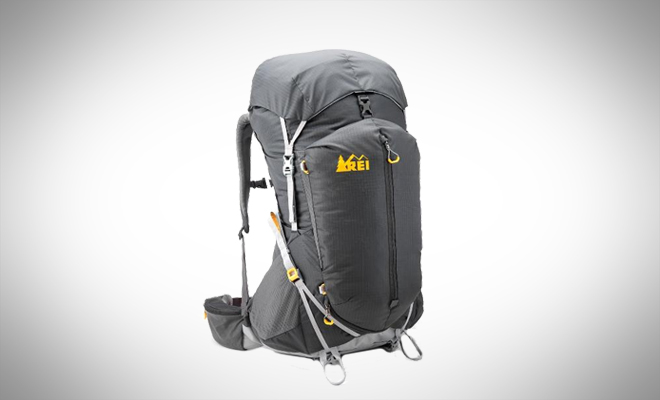
.
The Flash 65 comes in three sizes and offers an adjustable torso length along with a reinforced and padded hip belt and ventilated shoulder straps for comfortable load carrying and weight distribution. The top-loading pack also provides a J-zip for side and bottom access into the main compartment, and a good range of quick-access pockets.
Hyperlite Mountain Gear 4400 Southwest
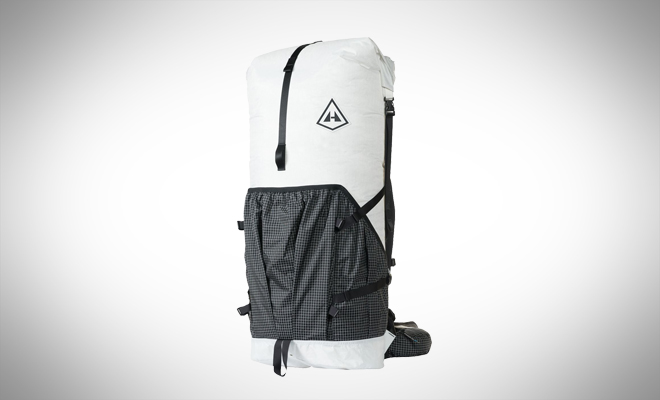
Super light, this pack is designed for climbers. It has a single main compartment and nice back pad running up and down the length of the pack. The shoulders are lightly padded. While there is no external storage, you can purchase extra hip belt pockets. Minimalism at its best.
Granite Gear Nimbus Trace Access 70
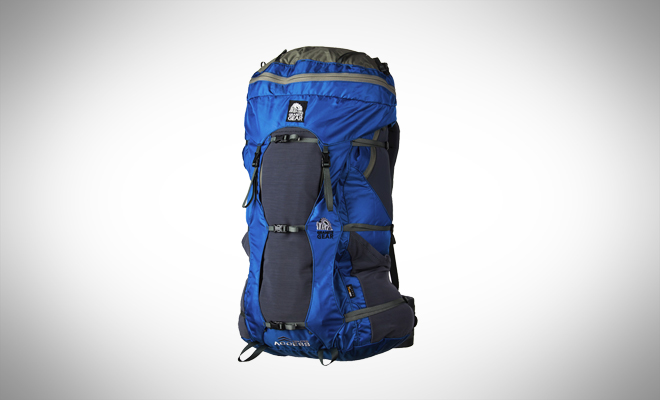
At about 4.5 pounds, this pack is heavier than most other one to three day backpacks, but also has four side pockets and one front mesh pocket. If you like to bring along extra comforts for a short hike, this pack is the one for you.





 Carry Awards
Carry Awards Insights
Insights Liking
Liking Projects
Projects Interviews
Interviews
